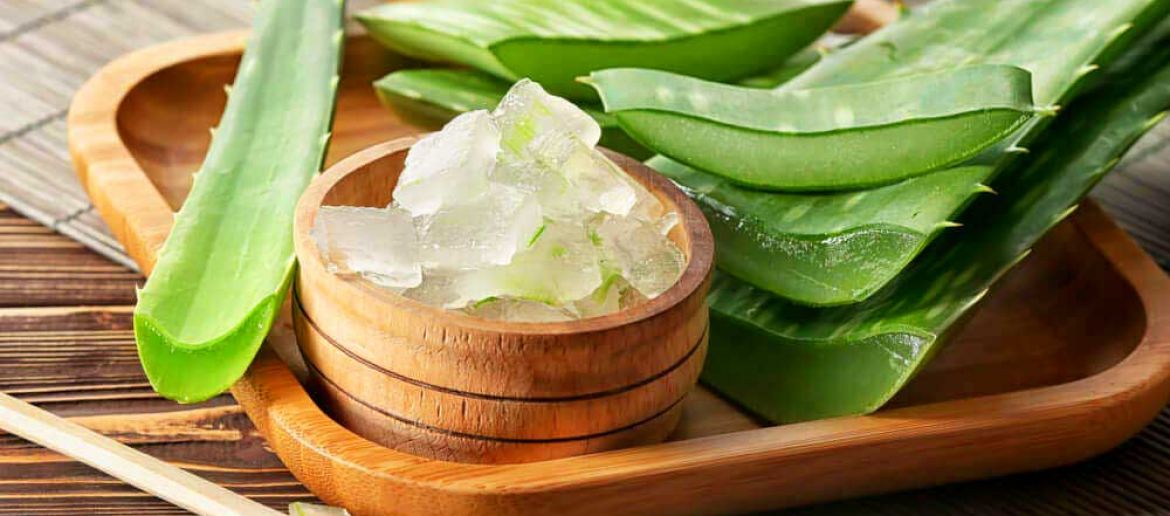
- News
- No comments
It is ideal for regenerating skin exposed to the sun, relieving irritations, healing wounds and treating acne. Discover how to take advantage of its properties.
It may seem that the popularity of aloe vera is somewhat recent and even NASA uses it as a protector against toxins and radiation. But Cleopatra is said to have already used it in her daily care routine. Alexander the Great treated with him his wounds and those of his troops in military campaigns. And the Egyptians used it to embalm their mummies.
Something will have aloe vera to have traveled the long path of history protecting and healing the skin of men and women.
Aloe vera, also known as Aloe barbadensis Miller, grows in the most adverse conditions, even in the desert. Its leaves emerge from sandy soils making the most of rainwater, which they store in succulent leaves. That precious juice inside is known as acíbar.
Although at first glance the plant may look like a cactus, it is more closely related to the garlic, onion or lily family. It comes from Africa and today it is also cultivated with great success in the south of the Iberian Peninsula and in the Canary Islands.
HOW TO USE ALOE VERA FOR SKIN
Aloe’s fame is mainly due to its ability to regenerate the skin, heal irritations, eczema, acne and, in some cases, even to alleviate psoriasis.
- Aloe for wounds
Applied to eroded skin, has a regenerating, antiseptic, and analgesic effect. Due to its astringent power, also has a hemostatic effect, which stops bleeding.
Aloe is therefore very effective after waxing, shaving or for burns, abrasions and small wounds. It favors healing, accelerating this process and avoiding the formation of keloids.
How to heal a wound with aloe vera:
- To facilitate wound healing, apply it directly. After washing and disinfecting the wound, with an also disinfected knife, cut an external leaf of the plant (they are the oldest and concentrate the most active ingredients).
- Extract the pulp from it, being careful not to take part of the rind, which is irritating.
- Place it over the wound, holding it with a bandage if necessary.
Thanks to its antiseptic, analgesic and healing properties, it will relieve you, accelerate healing and reduce healing time.
- Aloe as sunscreen
Aloe vera combats the harmful effects of the sun. If you apply it before exposure, it can absorb solar radiation, although you should never use it to replace a high factor sunscreen, in the case of prolonged exposure to the sun.
After sunbathing, it is very useful for its regenerating and antiseptic power and, if you apply it continuously, it can lighten sun spots.
- Aloe for oily skin face
The antibacterial and astringent effect of aloe vera and its ability to remove fatty deposits from the pores, make it ideal for treating oily skin and acne. But for the same, you should be careful with it if you have dry skin.
- Aloe for mouth sores
For these same qualities, used in rinses, aloe juice can heal small sores. It can also be useful in gingivitis and speed up the healing process after tooth extraction.
HOW TO CHOOSE A QUALITY ALOE VERA
Like some of the unique plants that have become fashionable, aloe is used as a claim in detergents, dishwashers, softeners and multiple products. But it is not always in sufficient quantity, correctly formulated and without being associated with undesirable chemical substances.
Keep in mind that the aloe plant has leaves with a higher concentration of active ingredients from the second year of life, so it is not enough to find aloe in the composition of any product, but you should try to know its quality.
This is not easy and that is why certificates such as the IASC (International Aloe Science Council) or those of natural cosmetics Ecocert or BDIH that guarantee good quality are useful.
HOW THE JUICE IS EXTRACTED FROM THE PLANT
It is important that the extraction process of the acibar is done under special conditions. For this, the oldest leaves of the plant must be cut and, immediately, begin to process it at temperatures below 5 ºC. Then it stabilizes and prepares in juice, pure gel, cream, lotion, shampoo, etc.
Aloe should not be considered a panacea, but it has a proven useful re-epithelializing capacity.
